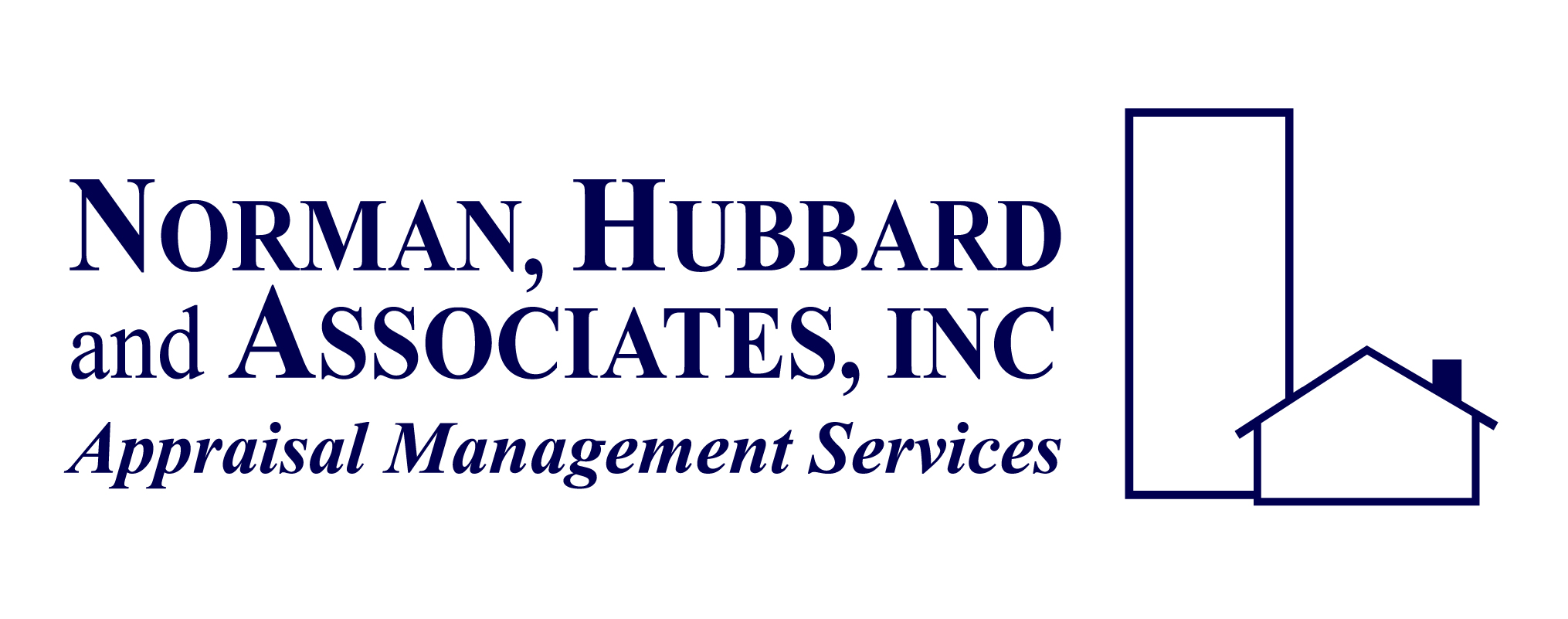With internet sites promoting free home valuations for consumers, Lenders and Brokers sometimes using Automated Valuation Models (AVMs). As a result, it is wise to know what you are getting into with automated tools in the real estate appraisal market. How accurate are these algorithms? Can they do the job as well or better than a live human? We want you to know what you are getting into with automated tools in the appraisal market. Sometimes quicker is better, for a rough estimate, but users need to know what these automated results aren’t telling them.
How long ago was the property was assessed?
Many AVMs and free online services rely on public assessment records. In many states, assessments may only be required every three years. In this case, the value captured by the AVM may be nearly three years old. Some states mandate that an assessed value not increase beyond a certain percentage, even if sales activity indicates the property has appreciated far more. When you use an AVM or free online service, you risk getting a lower value than what is real for that home.
How accurate is the computer algorithm?
With AVMs, you are getting the product of a fixed algorithm and pieces of uninspected data from unverified sources. A human appraiser, on the other hand, can observe and evaluate the multitude of variables involved in estimating the value of a property.
The AVM programmers, who are likely advised by qualified real estate appraisers, are forced to take the statistical middle ground. In places where there are lots of sales and properties and are very similar, they can get pretty close. But in places where market conditions are changing, like now, AVMs are less accurate. AVMs are also not programmed to pick up the subtleties of unique properties such as design and appeal, neighborhood variations, external factors not visible on maps. So, when you need accuracy, the choice is obvious.
How well can the computer program “observe?”
The view that a property affords can have a big impact on its market value. The expanse visible, as well as the scene itself are factors. In order to assess how much of an effect the view has on value, the appraiser needs to find comparable sales with a similar view – which in some cases is NOT all that easy to do.
What makes the “comparables” comparable?
A computer is only as good as the quality of the information it is fed. It might compare your subject property to another property with similar square footage sold over six months ago a quarter of a mile away, when there might be more recent sales closer by. Does the computer know whether that “comparable” property is in a less desirable school district, fronts a four-lane highway, and is flood-prone? Does it know if the property was sold under duress, such as in a divorce situation, or not at arm’s length, such as to a family member? A computer simply does not know all the adjustments that might need to be made to a “comparable” property’s sales price. A human can, and should look at all this data and evaluate the relative importance of each piece. This is what an experienced real estate appraiser does.
 Norman, Hubbard & Associates
Norman, Hubbard & Associates
Need an appraisal done the right way? Norman, Hubbard and Associates have been appraising Real Estate across the country for over thirty years. We handle our entire expansive coverage area swiftly and professionally! And we keep you updated every step of the way; we keep you in the loop with a live, honest communication of our progress all the way through the process. To find out how good appraisal services can be, call us or click below today!



